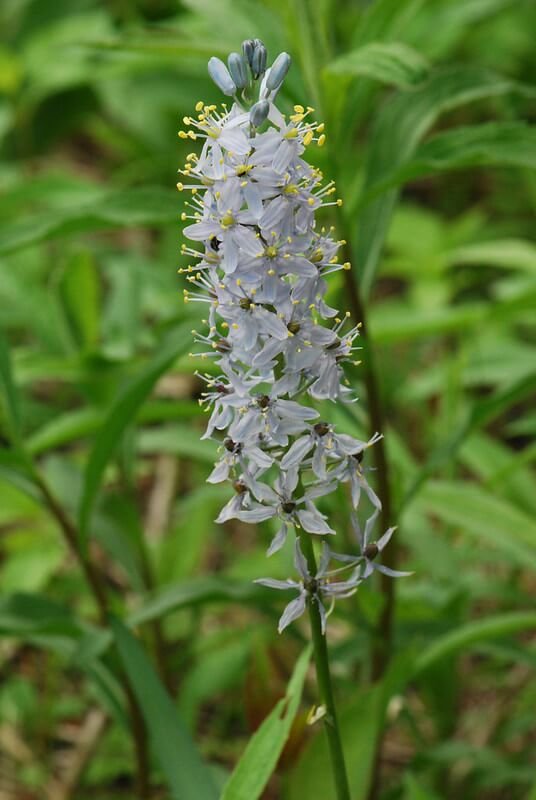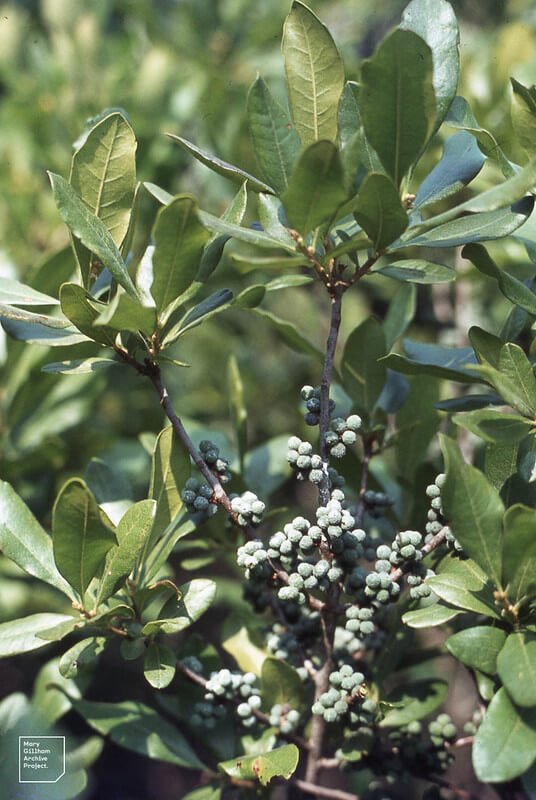 Image 1 of
Image 1 of


Wild Hyacinth (Camassia scilloides)
Wild Hyacinth has attractive flowers that attract many native bees, and occasionally, some butterflies seek nectar and pollen from the flowers (illinoiswildflower.info). Unfortunately, there does not seem to be a lot of information about other floral-faunal. It is also considered a threatened species in Michigan, so while you may not be preserving the plant that was once here, you are creating habitat for all of the species that may need it for survival (mnfi.anr.msu.edu). Wild Hyacinth is slow to develop, but fairly long-lived when adequate moisture is provided. Deer do seem to browse the tops of the basal leaves.
Photo credit: Joshua Mayer
Wild Hyacinth has attractive flowers that attract many native bees, and occasionally, some butterflies seek nectar and pollen from the flowers (illinoiswildflower.info). Unfortunately, there does not seem to be a lot of information about other floral-faunal. It is also considered a threatened species in Michigan, so while you may not be preserving the plant that was once here, you are creating habitat for all of the species that may need it for survival (mnfi.anr.msu.edu). Wild Hyacinth is slow to develop, but fairly long-lived when adequate moisture is provided. Deer do seem to browse the tops of the basal leaves.
Photo credit: Joshua Mayer
Wild Hyacinth has attractive flowers that attract many native bees, and occasionally, some butterflies seek nectar and pollen from the flowers (illinoiswildflower.info). Unfortunately, there does not seem to be a lot of information about other floral-faunal. It is also considered a threatened species in Michigan, so while you may not be preserving the plant that was once here, you are creating habitat for all of the species that may need it for survival (mnfi.anr.msu.edu). Wild Hyacinth is slow to develop, but fairly long-lived when adequate moisture is provided. Deer do seem to browse the tops of the basal leaves.
Photo credit: Joshua Mayer
Life Cycle: Perennial
Sun Exposure: Full-Light shade
Soil Moisture: Medium/wet-Medium/dry
Height: 1.5-2 feet
Plant Spacing: 8-12 inches
Bloom Time: May-June
Bloom Color: White to violet
Advantages: Pollinator Favorite, Great landscaping plant
Species of Concern: State Status: Threatened (legally protected), State Rank: Imperiled (mnfi.anr.msu.edu)






